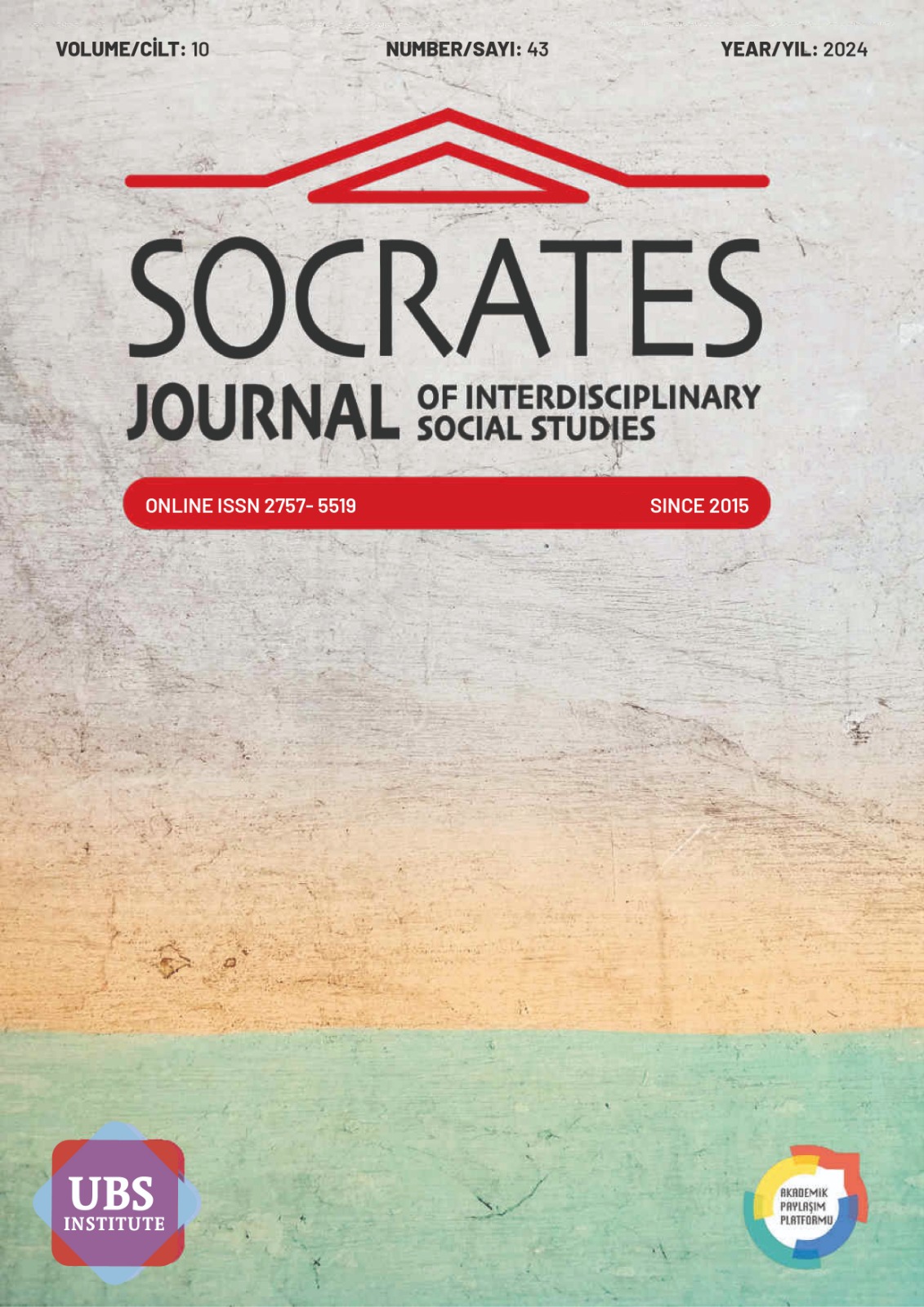CELTIC, ART, PRE-ROMAN: A MEMORABLE JOURNEY
DOI:
https://doi.org/10.5281/zenodo.12793811Abstract
The Arras culture, a unique and diverse regional culture in England during the Iron Age, is the subject of this study. Its cultural burial rites, which distinguished Arras culture from most local contemporaries, are fascinating. These rites, such as burying the deceased with their chariots and burying individuals within the square enclosure, are mostly unknown in the rest of the British Iron Age. These Arras burials are confined to restricted areas in east Yorkshire. The recent discovery of an outlying chariot burial from Edinburgh appears to correspond more closely to the continental rite. Chronologically, most of the Arras's burials cover most of the second half of the first millennium BC up to the Roman conquest, which reached this area in the AD 70s. The mixed continental influences and local traditions, in conjunction with the reference in the Geography of Ptolemy to Parisi on the north bank of the Humber, makes it tempting to draw a connection with the ancient Parisii, the Gaulish tribe, who gave their name to the capital of France. The names of both cases are Celtic, the commanders; cf. Welsh perry lord. Though solid evidence has yet to exist. Celtic art here refers to the symbolic elements of artifacts. An early style of Celtic art is associated with fifth- and 4th-century BC La Tene, burials borrowed from contemporary Greek and Etruscan patterns. The following Waldalgesheim style, named after La Tene Bi graves near Mainz, corresponds to the period of Celtic expansion and develops much more individual and free-moving vegetal forms during the early third century BC and after, La Tene Bii-C contains two overlapping substyles, the earlier plastic and later Hungarian sword style. The article aims to memorize Celtic culture, history, and life in the pre-roman era. The methodology was conducted through documentation analysis of books and selected online academic articles. The feature question of the article is: What is the influence of Celtic tradition in the modern era? How did memory contribute to these influences?
References
Art in context. (2021, August 13). Celtic Art - An Exploration of the Ancient Celts’ Art History and Styles. Artincontext.org. https://artincontext.org/celtic-art/
Celtic Art - Origins and Myths. (2007, April 2). Museum Wales. https://museum.wales/articles/1390/Celtic-Art---Origins-and-Myths/
Celts%20images. (n.d.). Bing. Retrieved July 4, 2024, from https://www.bing.com/images/search?q=celts%20images&form=IQFRML&first=1
Editors, H. com. (2017, November 30). Celts. HISTORY. https://www.history.com/topics/european-history/celts
I, A. (2020, April 16). History of Art: Celtic Art Definition, Paintings, Sculptures and Artists. Artist PopLab. https://www.theartist.me/art-movement/celtic-art/
Koch, J. T., & Minard, A. (2012). The Celts [2 volumes]. Bloomsbury Publishing USA.
Young, S. P. (2019, March 5). Eight Surprising Things You Should Know About the Celts. Ancient-Origins.net; Ancient Origins. https://www.ancient-origins.net/history-famous-people/eight-things-you-should-know-celts-0011579
Downloads
Published
How to Cite
Issue
Section
License
Copyright (c) 2024 Socrates Journal of Interdisciplinary Social Studies

This work is licensed under a Creative Commons Attribution 4.0 International License.


